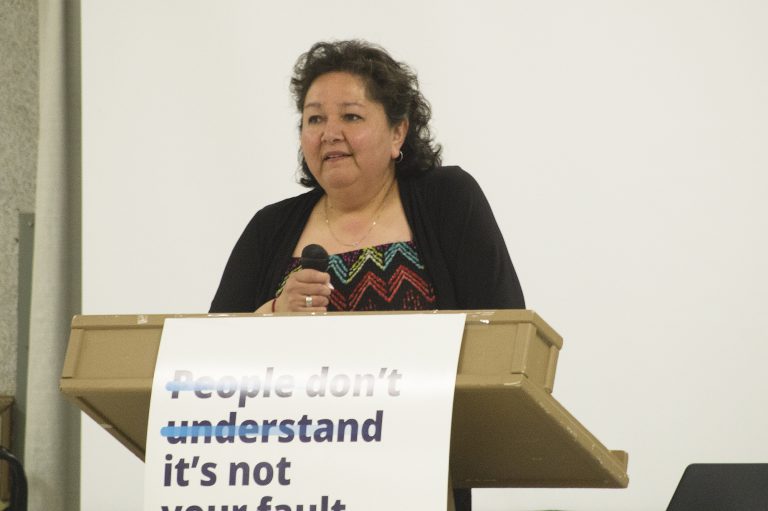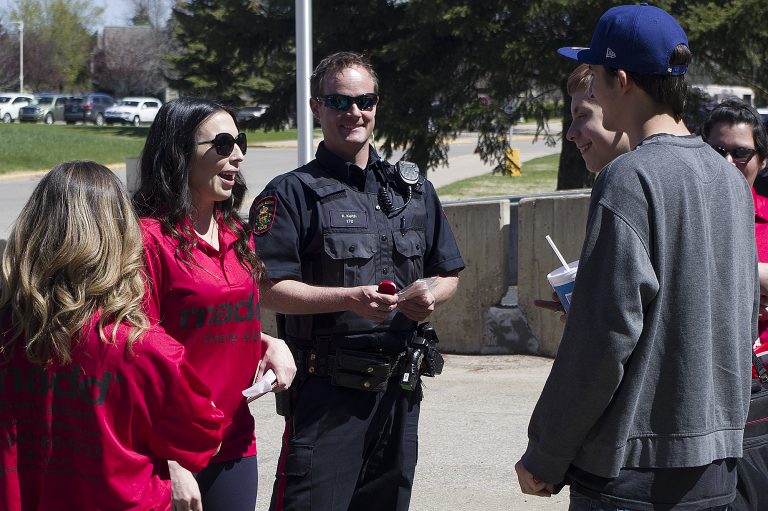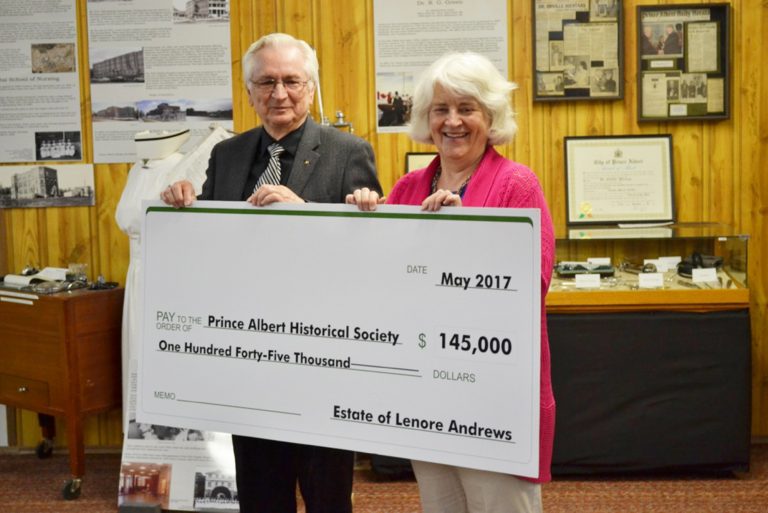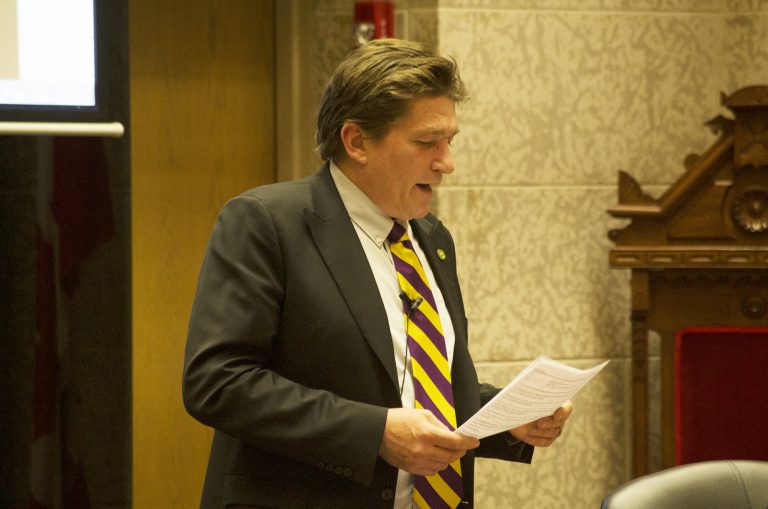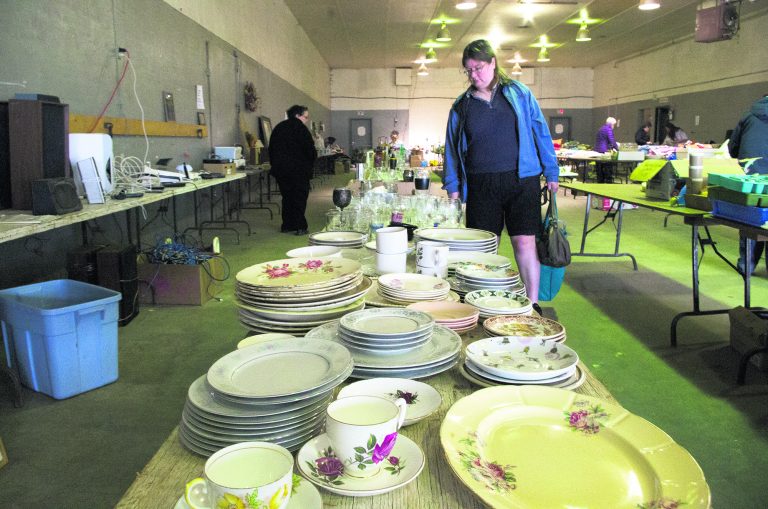Dennis Chamberlain didn’t need years in a New York art school to develop an eye for photography.
All he needed was decades of experience living and working in Northern Saskatchewan.
As a youth, he spent months and months fishing and trapping in north. As an adult, he worked as a commercial fisherman, and then helped build roads, bridges and trails in and around the resort community of Candle Lake.
Those experiences gave him a love and appreciation for the Saskatchewan landscape, and it stayed with him the rest of his life.
“A lot of times, what I felt was happening was I was looking at God’s creations,” he said. “What I really wanted to do was capture them the best I could, and then share them with people, and that’s a very big step.”
Despite his devotion to photography, Chamberlain originally started out as a painter. His early years were spent sketching and making water colour paintings, and although he loved the medium, he wanted a new challenge. Photography provided it.
“Painting can take two months to do one piece of work,” he said. “In one five-hundredth of a second, you had to accomplish the same thing in photography, so it’s very much harder to do. Very much harder.”
That love led to thousands of photographs, many of which cover the walls of the Timberland Gallery just outside Candle Lake. While a few photos focus on oceans and mountains, the vast majority picture animals and landscapes within a 50-mile radius around Candle Lake.
For the rest of this story, please see the May 20 online or print edition of the Daily Herald


